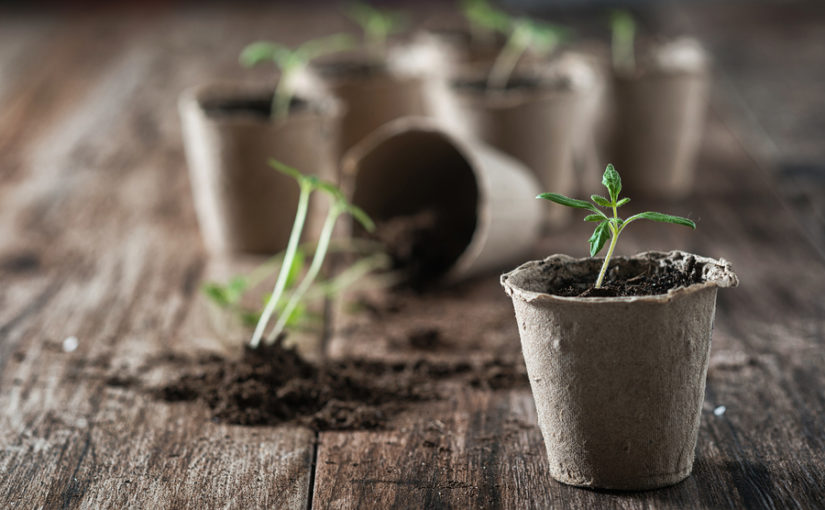There are plenty of ways how to become self-sufficient, and they don’t all involve going ‘off grid’ or living on an island in a lake – although that is an option if you want to completely remove yourself from modern society.
As a starting point though, more and more of us are already becoming self-sufficient in individual ways, for example by growing our own food, or installing renewable power sources.
Everyone can do something to become more self-sufficient, and it doesn’t have to have a major impact on your lifestyle – here are a few options to consider.
Reduce
First of all, take an honest look at your own resource efficiency. Do you waste a lot of food? Leave electrical equipment switched on? Would you live differently if you had grown that food and generated that electricity yourself?
Start by writing a ‘resource budget’ – list the areas where you could make savings and look for places where you could stop relying on third parties to supply you with the resources you use.

Replace
Substitute self-sufficient alternatives for the things you use every day. That might mean growing your own food rather than buying it, or generating your own power with solar panels, wind turbines and heat pumps.
But it can also mean going back to basics, for example having a wood fire rather than mains-powered central heating, and putting on an extra layer of clothing rather than relying on heating when it’s cold.
Reuse
Lots of household waste can be directly reused. For instance, food waste can be used in stews, curries and thrifty dishes like bubble and squeak, or as livestock feed if you’ve gone the whole hog and started keeping pigs.
Empty containers can be reused too, so don’t throw things away – rinse them out and store them somewhere, and you’ll never be short of a bottle or jar.

Repurpose
Even if something can’t be reused immediately, it could still have a purpose to serve around the house. Old clothes can be a source of fabric to make smaller garments and accessories, patch holes in knees and elbows, or stitched together to create patchwork blankets and quilts.
Old carpet works as frost protection for flowerbeds too, which can keep your crops safe on frosty nights, to make sure you have enough home-grown food in colder months.
Recycle
Finally, you work hard for what you produce, so make sure it has the longest possible life span by recycling what you can’t repurpose or reuse – for instance, you can pulp old paper and press it into new sheets, which work perfectly well for everything from notes and to-do lists, to writing to friends and family.
Dirty bathwater might not be healthy for food crops, but you can use it to water the lawn, and all manner of things can go on the compost heap, to produce fertiliser that you can put on your crops, ultimately turning that energy back into edible food for your family, without needing a trip to the shops.
